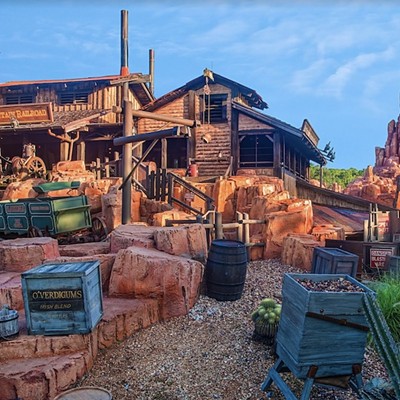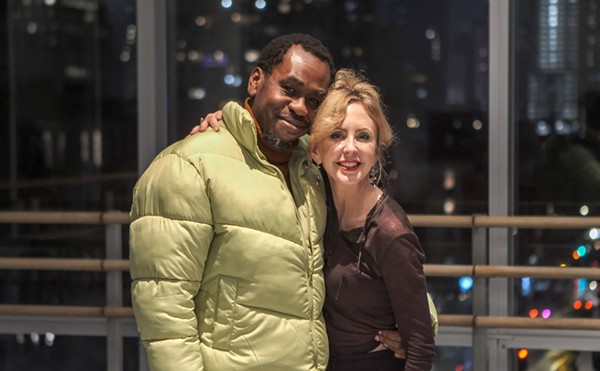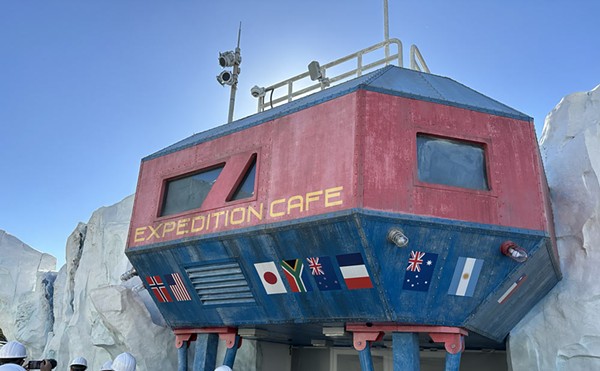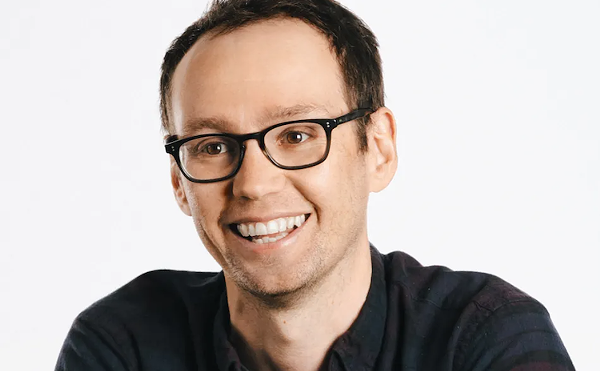Eric Breitenbach considers himself professional wanderer. "When you wander without a real destination," says Breitenbach, "you see things you wouldn't normally notice."
Those wanderings fuel Breitenbach's work as a documentary photographer, filmmaker and professor at Daytona Beach Community College's Southeast Center for Photographic Studies. But they also have resulted in a series of images capturing the rituals of and people who participate in Mexico's Day of the Dead -- a career pinnacle for Breitenbach that is currently on display at Valencia Community College's East Campus Gallery.
In 1989 Breitenback completed "The Florida Documentary Project," a five-year project in which he photographed subjects in all 67 counties. He documented three prominent African-American neighborhoods in 1990, and in 1996 finished a short film for PBS, "Homecoming: A Meditation of Hair, Rhythm and Ritual," which chronicles Bethune Cookman College's annual homecoming weekend.
As he approached his 40th birthday, Breitenbach became fascinated with how different cultures approach death, with particular interest in the Day of the Dead. Every Nov. 2 (and the days surrounding it) Mexico's Zapotec Indians celebrate the return of the souls of their deceased loved ones by visiting and decorating gravesites, constructing elaborate ofrendas (altars) and preparing special foods. Breitenbach began taking trips to Mexico, camera in hand, to document the proceedings.
The resulting exhibit reveals the ways Mexicans cope with loss. Breitenbach's remarkably spontaneous shots often capture the "internal psychology" of their subjects: the grief of families who gather around decorated gravestones in Oaxaca and Juarez, a child's scared face peering out of the darkness of a candlelight vigil, desperate women selling chickens and flowers in a market in Ocatlan. "The typical photograph takes only 1/60th of a second, but it's incredible what emotions can be captured in that instant," says Breitenbach. "There's great sadness among all the classes, they're just expressed differently."
Breitenbach will test that theory with his next project, called "Orlando at the Millennium," which will include subjects ranging from the mayor to the city's transient population. The three-year account of the city will be displayed at City Hall in the year 2000. "I like to get out in the world and see what's happening," says Breitenbach. "The camera gives you a great excuse to go where you might not otherwise belong."

















